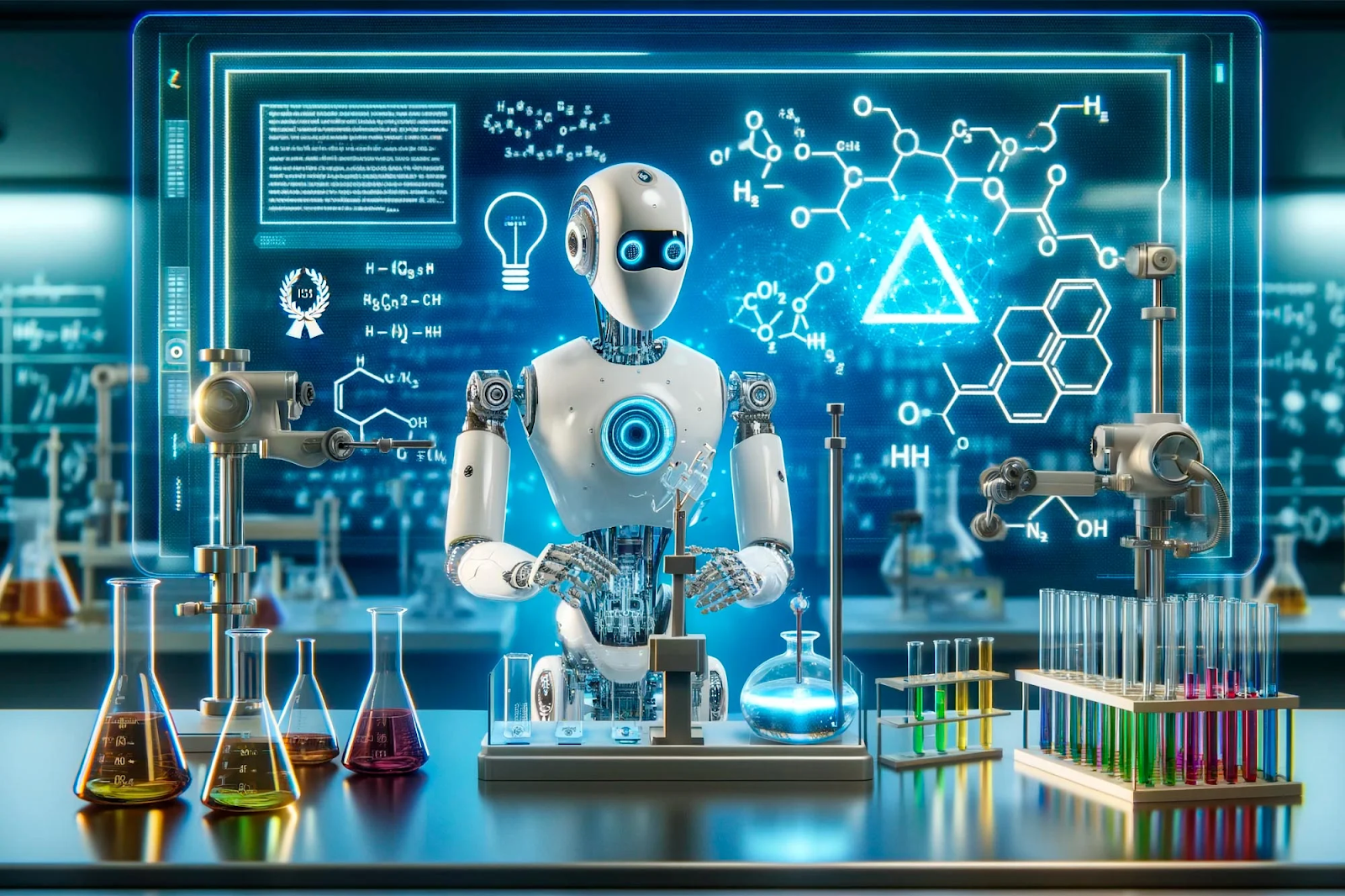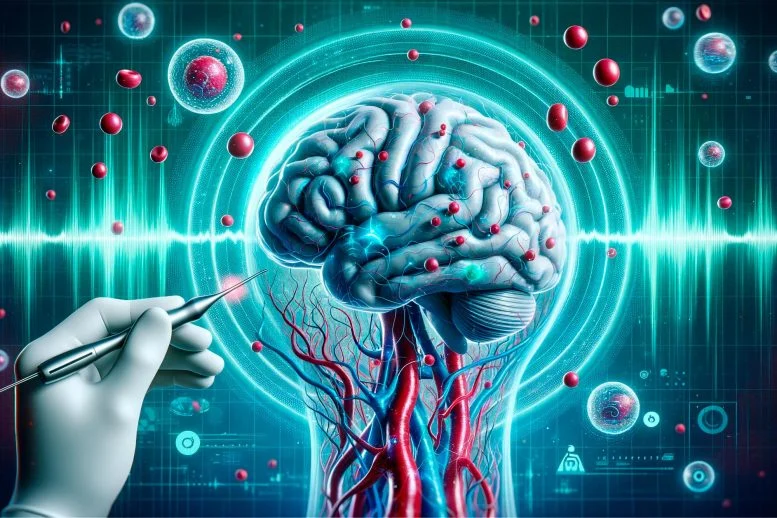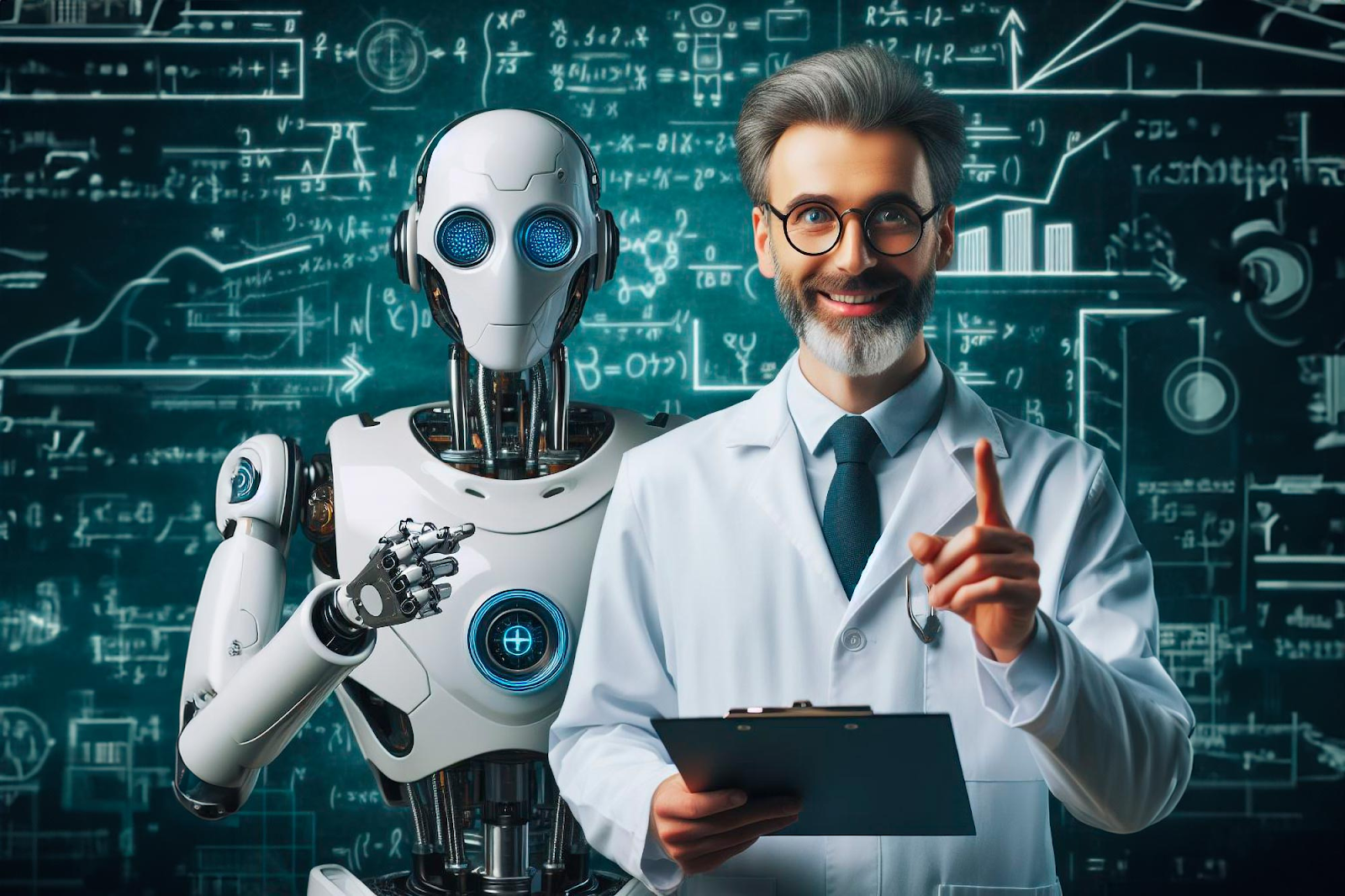Superconductors and LEDs play a vital role in next-generation computing.
Optical or photonic computers are effective tools because they can act as a gate, between quantum and binary computers. The thing that makes them more effective than electric computers is their temperature is lower. That gives them the ability to operate longer at full power. The difference between photonic computers and regular electric computers is photonic computers can keep their maximum power at room temperature.
This is one reason why superconductors are under research. The superconductor or electricity without resistance will solve the temperature problems of high-power computers. In normal computers, resistance causes the temperature to rise. And that disturbs the computer's internal data transmission.
Materials like promising LK-99 shattered, and researchers think. That internal superconductivity at room temperature is impossible. However pressure-based superconductivity is under development or research.
The solid-state quantum computer that operates at room temperature requires room-temperature superconductors. The qubit that travels in the wire is very sensitive against outcoming radiation and effects. The superconductor makes it possible to control the qubit states. In binary computers, the superconductor keeps the temperature low.
************************************************************************
"Chip scale, ultrafast mode-locked laser based on nanophotonic lithium niobate. Credit: Alireza Marandi" (ScitechDaily.com/Tiny but Mighty: How a Laser on a Chip Is Changing the Game in Photonics)
"X-ray absorption spectroscopy, an essential tool in material analysis, has evolved with the advent of attosecond soft-X-ray pulses. These pulses allow simultaneous analysis of a material’s entire electronic structure, a breakthrough led by the ICFO team. A recent study demonstrated the manipulation of graphite’s conductivity through light-matter interaction, revealing potential applications in photonic circuits and optical computing. This advancement in spectroscopy opens new avenues for investigating many-body dynamics in materials, a key challenge in modern physics. Credit: SciTechDaily.com (ScitechDaily.com/Quantum Leap in Graphite: Attoscience Lights the Way to Superconductivity)

"Researchers from the University of Surrey and the University of Cambridge have discovered how LED bulbs, using metal-halide perovskites, can facilitate fast data transmissions. This breakthrough in LED technology could revolutionize home and office networks, significantly enhancing data communication speeds and efficiency." (ScitechDaily.com/Illuminating the Future: How LED Lights Could Revolutionize Internet and Data Transmission)
************************************************************************
The room-temperature superconductor is possible, but it requires very high pressure. The room-temperature superconductor requires about 200 GPa pressure. The laser-based systems that are used in fusion tests can create that pressure in the 2D carbon atom layer.
Researchers found a new fundamental way to turn carbon into a superconductor. They used attosecond soft X-ray laser impulses to turn graphite or 3D carbon structure into superconducting. The attosecond lasers can create very high pressure. The problem with those systems is that they need a very much energy.
We know that the internal structures of the Sun are also superconducting. It's possible that using plasma, laser, and magnetic field combination the system can create conditions where there is no resistance. In that model, the plasma makes the pressure that anchors nanotubes in static positions where there is no internal oscillation in that material.
In some other hypothetical versions, the laser ray will sent through the fullerene tubes. That thing should transport temperature out from those tubes. In some other models, the outcoming laser ray will press the fullerene nanotube shell to the internal laser ray. That thing can create very high pressure and anchor the fullerene in a stable position and the pressure removes oscillation.
LED lights can be a new way to transmit information.
LED lights can transmit information with the same accuracy as lasers. If the system can adjust the brightness or shut down and turn on LEDs with high enough accuracy those things can transmit information the same way as lasers or electric components. In binary systems, the LED will shut down and turn on. And in quantum systems the brightness or color (wavelength). That LED use determines the qubit states.
In those photonic systems, light cells or net cameras will receive information that the LED lights send. And one difference between laser-based systems is that the sensors see those LED lights from many directions. If the LED-based support station has a roof in the middle of the room, computers can connect themselves and the internet with it. The optical or photonic networks are harder to jam or eavesdrop. It's easy to deny access to an optical network simply by pulling draperies down. And that is enough for civil systems.
That kind of system also can use things like ultra- or infrasound-based recognition keys. In the most advanced systems, the surveillance cameras in the space recognize the faces of the users. And then the system can give rights that person needs. The LED-based network communication can also be in drone swarms. Those LED lights are harder to jam by using radio systems. But otherwise smoke or fog can easily cut the optical communication.
https://scitechdaily.com/illuminating-the-future-how-led-lights-could-revolutionize-internet-and-data-transmission/
https://scitechdaily.com/quantum-leap-in-graphite-attoscience-lights-the-way-to-superconductivity/
https://scitechdaily.com/tiny-but-mighty-how-a-laser-on-a-chip-is-changing-the-game-in-photonics/
































